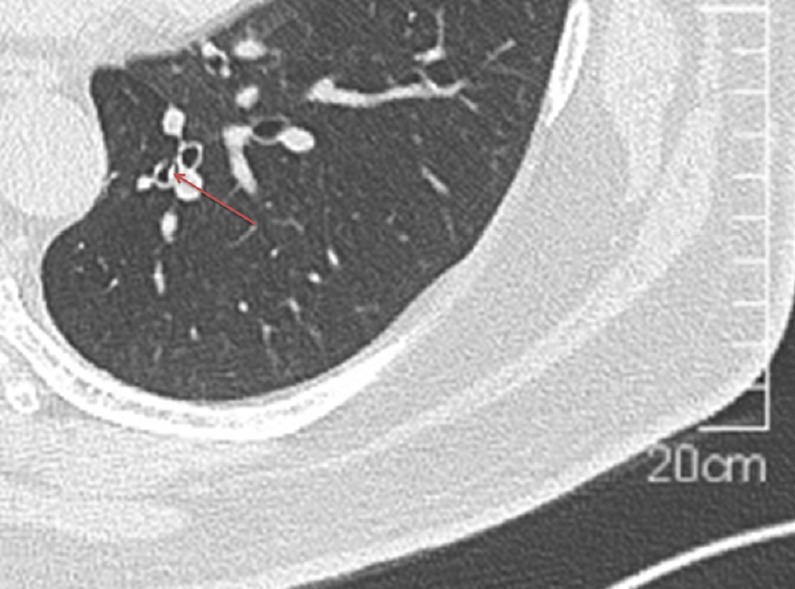Today is the 150th anniversary of a historic operation performed by this surgeon - George William Callender. Few people know his name now, but Callender was once described as the first person to operate on the human heart. 

Callender was born in 1830 in Bristol and won a scholarship to St Bartholomew's Hospital in London. Smart both intellectually and sartorially, he amused the other students by always insisting on changing into evening dress for dinner - even when dining alone. 

On October 28 1872, Callender was on duty at @BartsHospital when a 31-year-old man arrived on the ward. He had previously been examined at the hospital and told that nothing was wrong with him - but after nine days of severe pain he decided to return. Which was just as well. 

The man had got into a fight in a local pub, felt a sharp pain in his chest and noticed that a long sewing needle he'd been keeping in his breast pocket had disappeared. He assumed it had somehow pierced his chest - but there was no sign of a wound. 

Callender and his junior surgeon examined the patient. At first they saw and felt nothing - but eventually they noticed a tiny, tiny bump on the left side of the chest. This not-very-helpful diagram is Callender's attempt to show its location. 

So Callender took him to the operating theatre for further investigation. After giving the patient chloroform he made a small incision and dissected away the subcutaneous fat to find... the broken eye of a needle. 

The needle moved visibly with the patient's heartbeat. Callender grabbed it with forceps and carefully pulled it out. It was almost two inches long. 

From the length of the needle and the degree of oscillation, Callender inferred that it had pierced the heart just above the apex - near the tip of the left ventricle. 

The patient made a good recovery and felt no pain. Callender observed that the heart rhythm seemed unaffected by the procedure, although the pulse was elevated the following morning. His colleague Lauder Brunton took this tracing of the patient's radial pulse with a sphygmograph. 

The case caused something of a sensation. It was - and still is! - regarded as the first time in history that a patient had survived an operation to remove a foreign body from the heart. For a time it even became known as 'Callender's operation'. 

One late nineteenth-century textbook even described this as heart surgery, but that's going too far: Callender didn't even lay eyes on the organ. He did save his patient from a potential cardiac death, however. 

Callender went on to become a celebrated anatomist and Fellow of the Royal Society - but he suffered from chronic nephritis (known then as Bright's disease), which killed him at the sadly early age of 49. 

Heart surgery as we know it did not get underway until 1896, when Ludwig Rehn became the first to suture the beating human heart - but 150 years ago, George William Callender showed his colleagues a glimpse of the surgical future. 

I forgot to add that the needle Callender removed from his patient's heart still survives in the collection of Bart's Pathology Museum @BHAandM - I've seen it myself. 

The inscription, written shortly after the operation in October 1872, reads: "Needle removed from heart nine days after its insertion. Length 1.9 inches. The patient recovered." 

• • •
Missing some Tweet in this thread? You can try to
force a refresh























